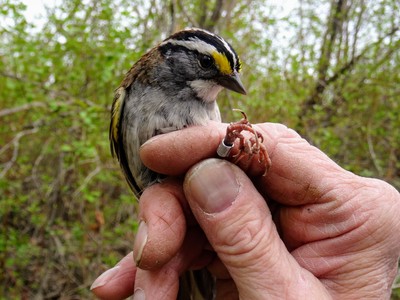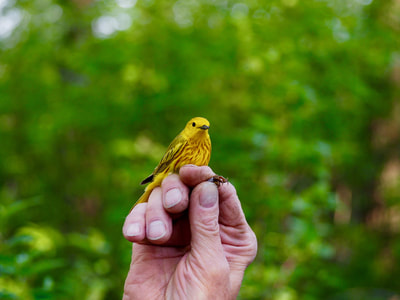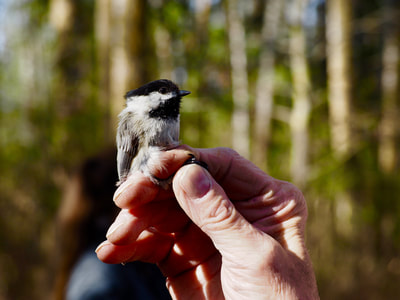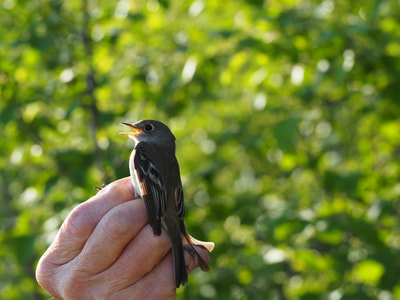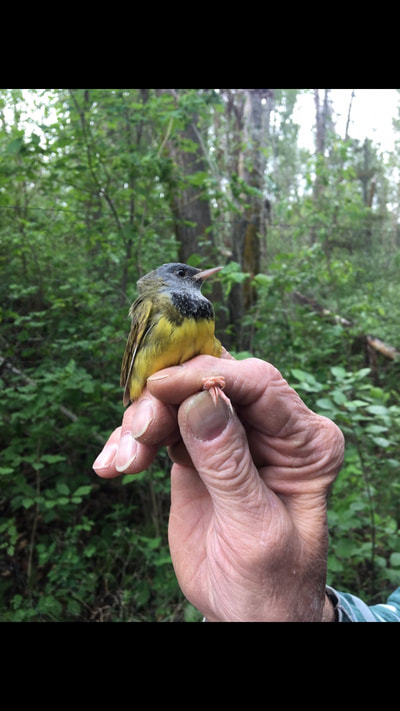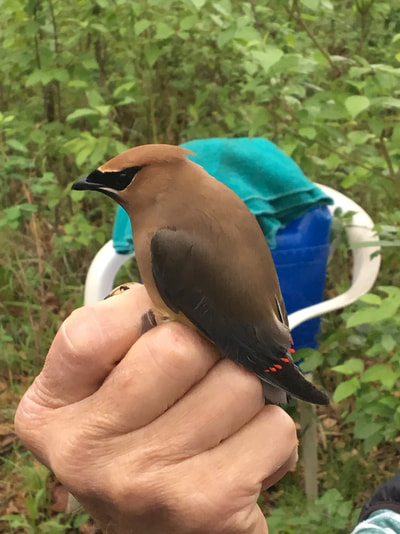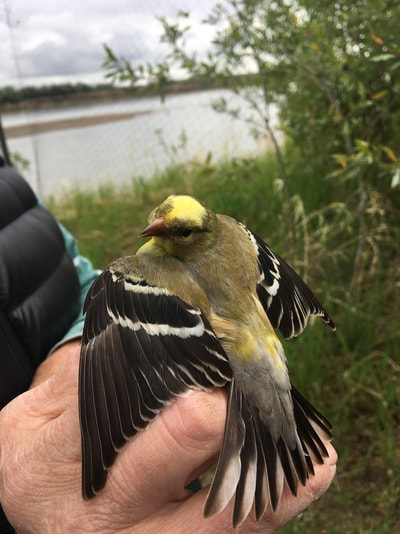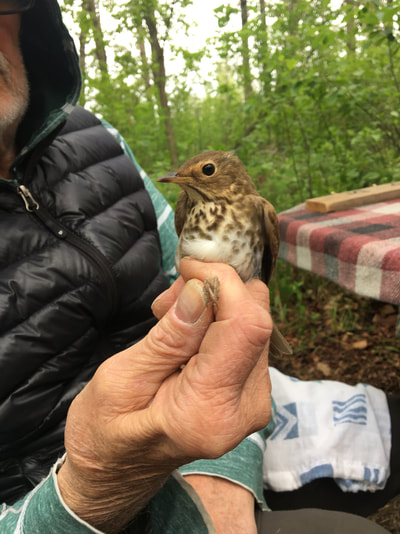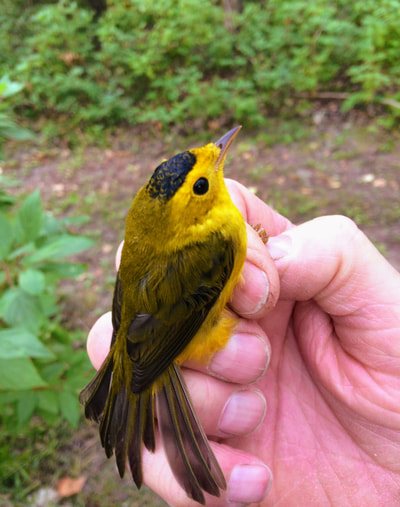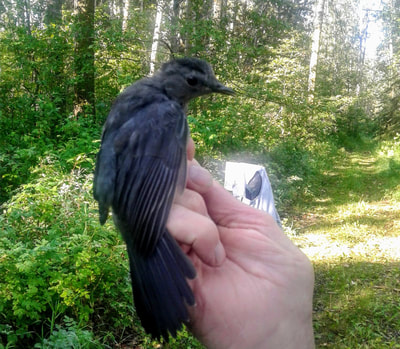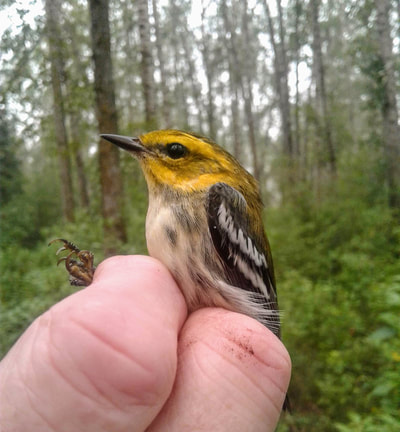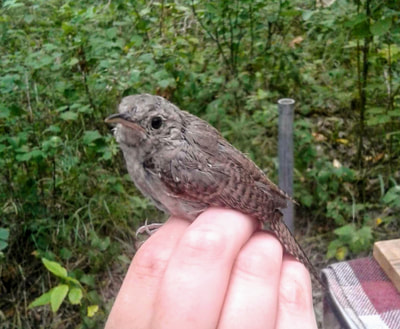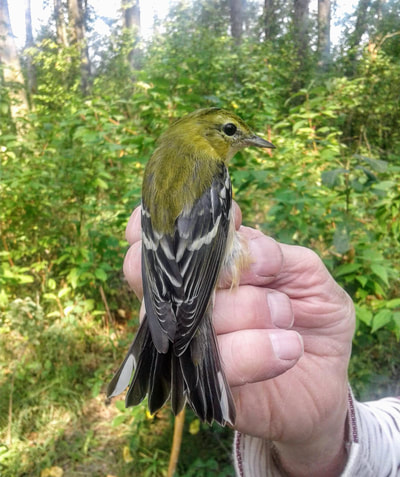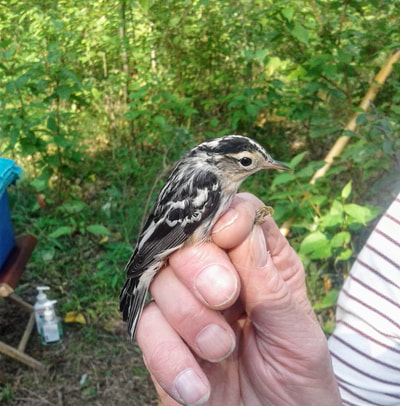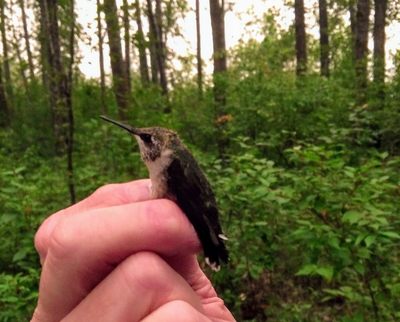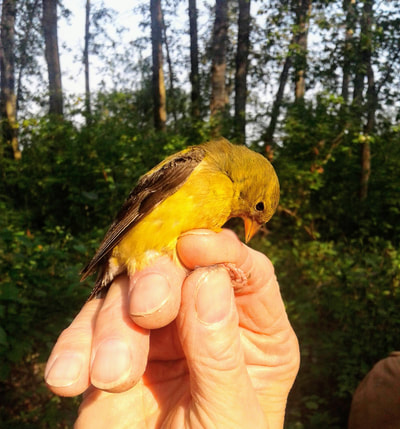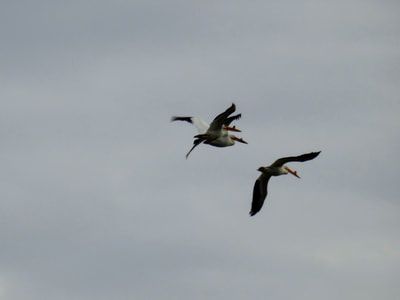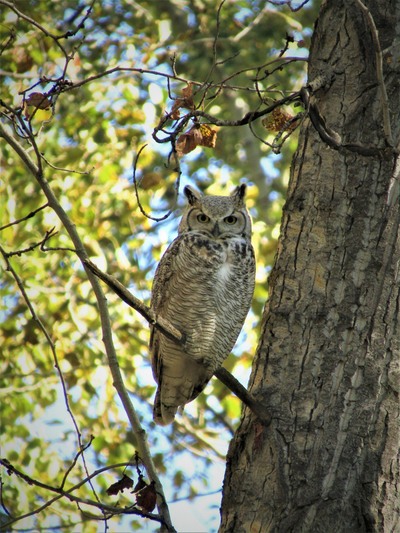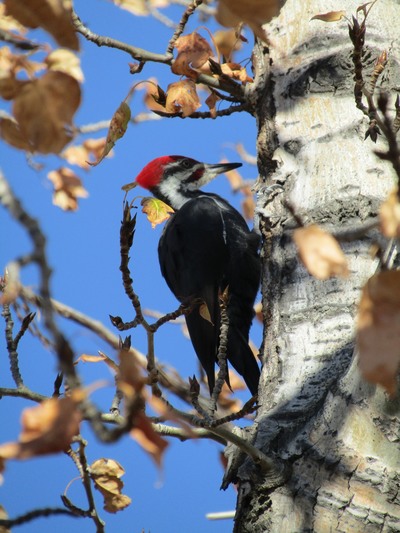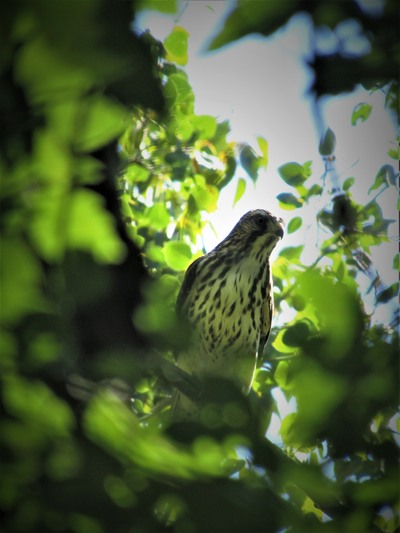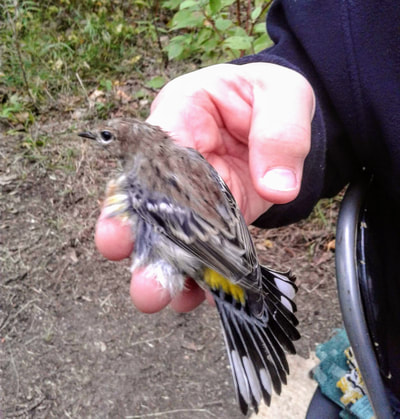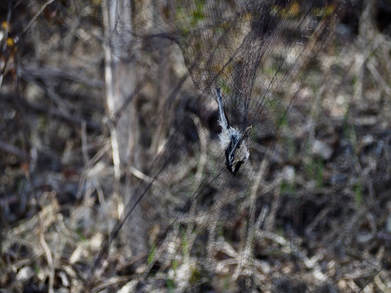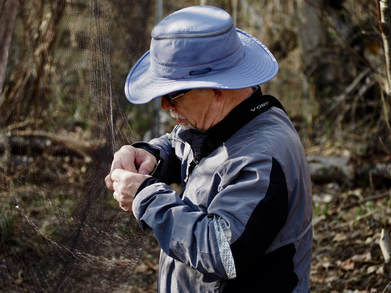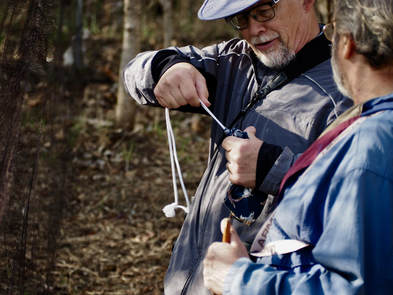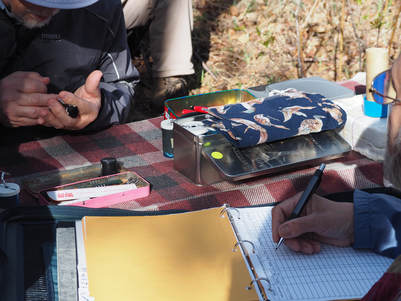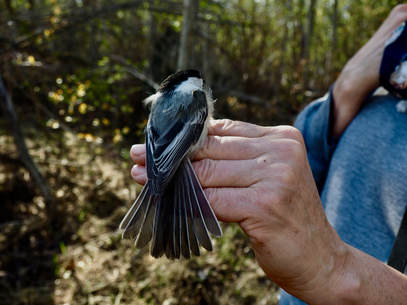Lady Flower Gardens is working to protect and preserve the many plant and animal species that are found here in our backyard. The birders of the Edmonton Nature Club play an important role in documenting the many bird species of the forest! This May, they hosted a field trip where beginner and experienced birders alike had the chance to observe their methods of banding the birds and see some of the many beautiful birds that can be found here! Below you can find some of the highlights from the field trip as well as some information about the birds we see here at LFG.
Bird Species of the Old Growth Forest
See if you can identify any of the bird species below! To see if you are right, hover your cursor over the picture and you will find out which species it is, as well as an interesting fact about each kind of bird. If you click on the picture, you will open a link to hear what the bird's call sounds like.
Steps in the Bird Banding Process
Step 1: Check the nets
Step 2: Carefully remove the birds
Step 3: Transport back to the table
Step 4: Band the bird and record information
|
One by one, the birds are carefully taken out of the drawstring bags. First the birders identify the species and place a band around its leg. The size of the band depends on the type of bird. Once the band is on, they record the age, sex, wing chord (which is the length of one wing), and weight. They also check the fat and muscle on the bird to determine its health.
|

